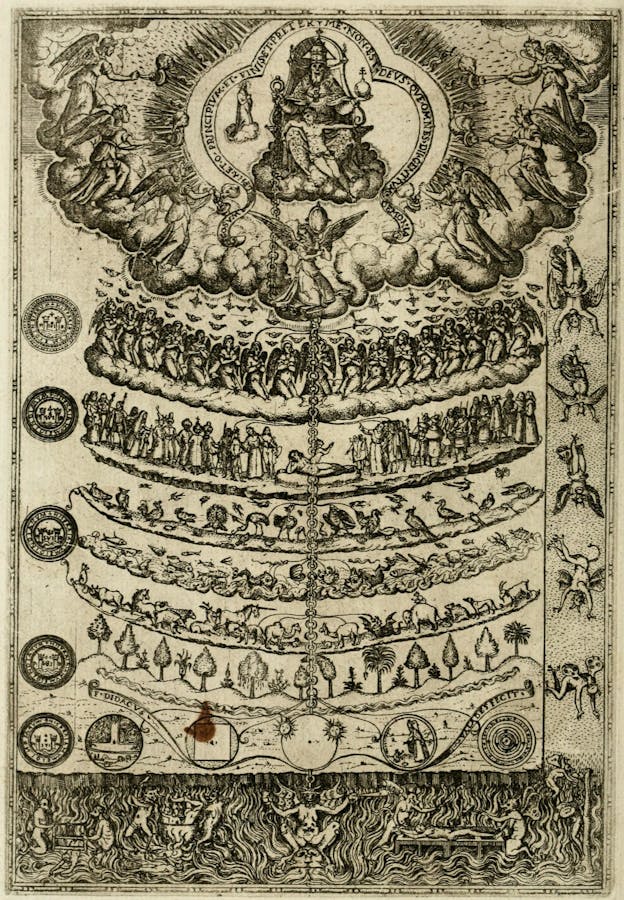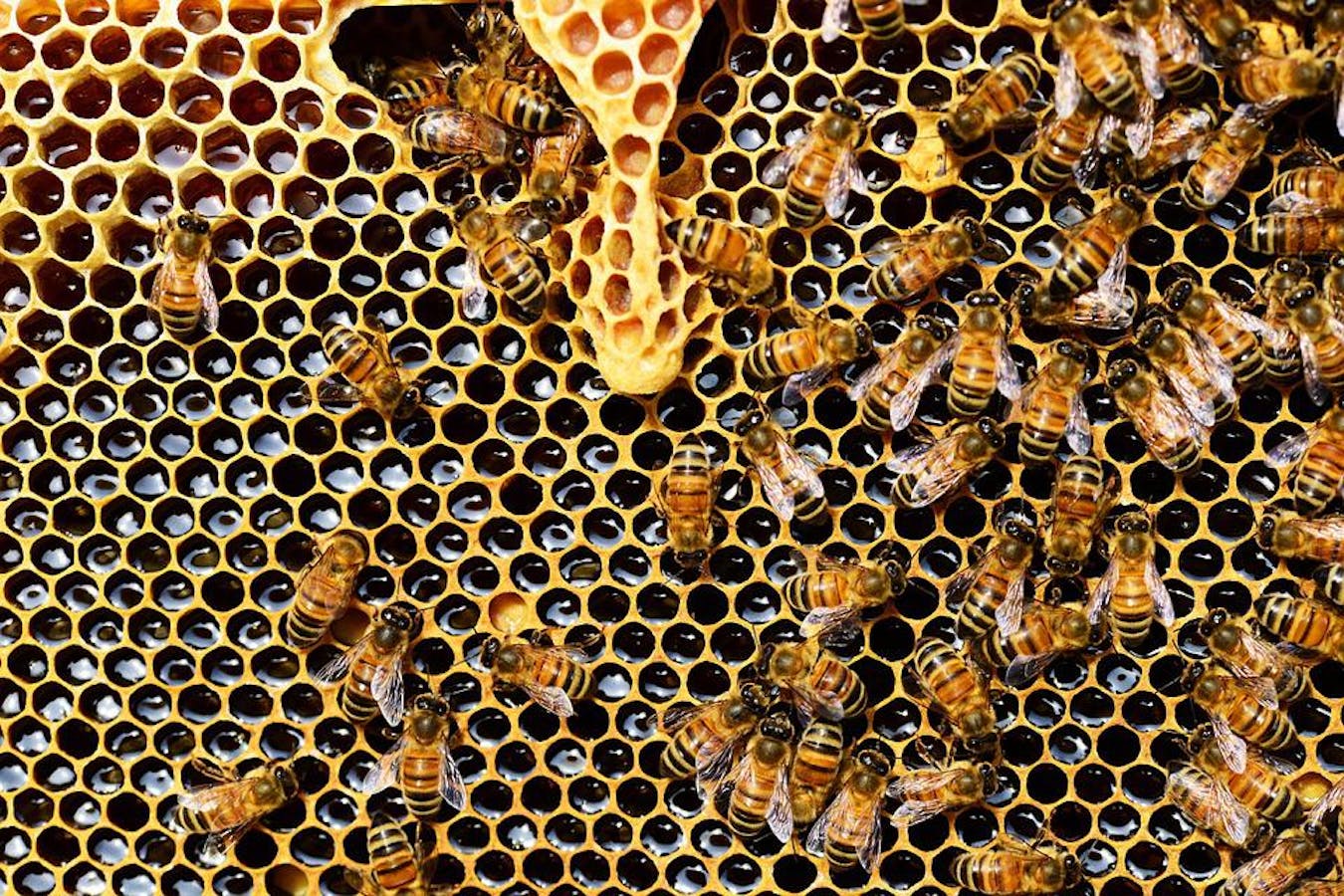In the seventeenth and eighteenth centuries, as new discoveries revolutionized the fields of physics and chemistry, naturalists also turned their attention to the living world. Could similar advances shed light on the mystery of life?
Naturalists sought to systematize the study of plants and animals with ever more precision, amassing vast collections of specimens from around the globe. These allowed them to compare and group plants and animals according to categories such as size, color, structure, and behavior.
For some, this tedious work revealed a deliberate order in the living world that pointed to a creator. Their efforts to study creation’s orderliness, in turn, led to great advances in the life sciences.
“O LORD, how manifold are your works! In wisdom have you made them all; the earth is full of your creatures.”
Psalm 104:24
How do you explain the beautiful complexity of living creatures?
The Bible celebrates the extraordinary diversity of life on earth, from lilies and ants to eagles and lions. Inspired by these passages, some early naturalists viewed intricate features and functions of plants and animals as clear evidence of God’s wisdom and care.
“Do you give the horse his might? Do you clothe his neck with a mane? . . . Is it at your command that the eagle mounts up and makes his nest on high?”
Job 39:19, 27
Maria Sibylla Merian, a German-born naturalist and devout Christian, was a pioneer in what would become the fields of entomology, the study of insects, and nature illustration. She was one of the first to directly study insects from a variety of environments, which she illustrated in her 1705 book, Metamorphosis.
How do you explain the beautiful complexity of living creatures?
The Bible celebrates the extraordinary diversity of life on earth, from lilies and ants to eagles and lions. Inspired by these passages, some early naturalists viewed intricate features and functions of plants and animals as clear evidence of God’s wisdom and care.
“Do you give the horse his might? Do you clothe his neck with a mane? . . . Is it at your command that the eagle mounts up and makes his nest on high?”
Job 39:19, 27
Maria Sibylla Merian, a German-born naturalist and devout Christian, was a pioneer in what would become the fields of entomology, the study of insects, and nature illustration. She was one of the first to directly study insects from a variety of environments, which she illustrated in her 1705 book, Metamorphosis.












